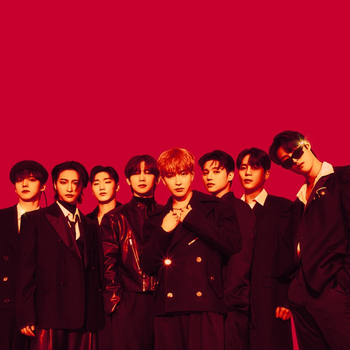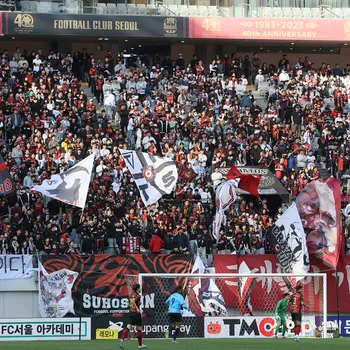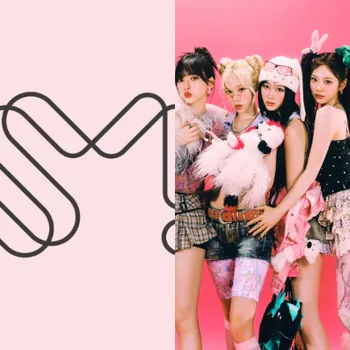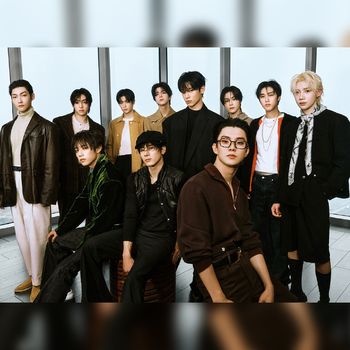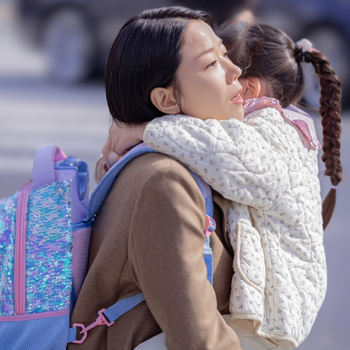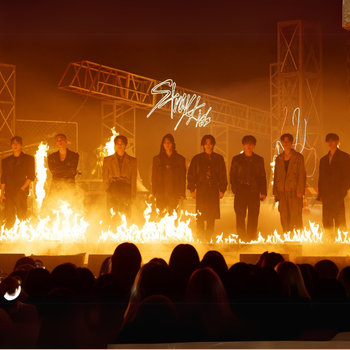Shamans have been an integral part of the culture of Korea, with shamanism tracing its roots back thousands of years. They serve as a source of guidance, healing, and ritual for followers of this ancient spiritual practice.
As Korea rapidly modernizes, one might assume that such people and practices would fade into obscurity. This raises the question: Do shamans remain active in the country? If so, how do they serve a generation where technology thrives?
In this article, we will explore whether shamans have an enduring role in modern Korea and the innovative ways they connect with today’s customers.
What are Shamans in Korea?
Shamanism, also known as Sinism or Muism, is one of the oldest spiritual practices in Korea. The term derives from the word ‘animism,’ where people believe nature has a spiritual essence and in ancestor worship.
The practice asserts that both good and evil spirits impact human lives. One would need a medium to connect with these spirits. This is where shamans come in.
Shamans—who are believed to have divination abilities—serve as mediators between the spirit world and humans. They perform rituals (such as ringing bells and tossing rice grains) to help customers who seek healing, prosperity, and protection. They also assist people who desire solutions to problems in every life aspect, like relationships, businesses, and health.
Korean shamans are usually women and are called “mudang.” They can be young or old. Some shamans are men, but this is much less common. Male shamans are called “baksu.”
Are Shamans Still Thriving In
Enjoy full access for just $1
Join over 10,000 active members!
🌟 Special Contents for Subscribers



